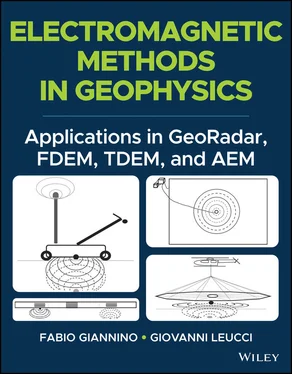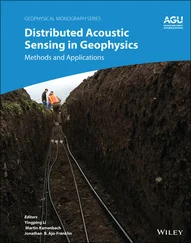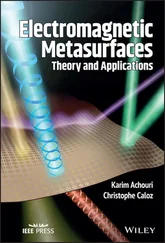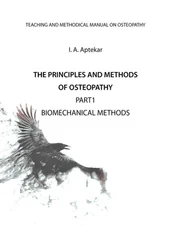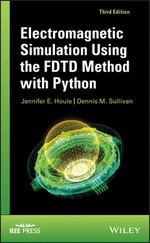The coupling between the E and H fields is described by Ampere’s and Faraday’s law.
The way in which an electric current can generate an induced magnetic field is described by Ampere’s law. If the electric field E is unstable and varies over time then there will be an additional current in the medium known as the displacement current, proportional to the variation of the electric field E. This proportional factor is known as the dielectric permittivity ε. Consequently, an additional contribute, dD/dt , acts to induce the magnetic field H. Since the displacement current acts in exactly the same way as the conductive current J, the total current will be J+ dD/dt . The Maxwell–Faraday equation is a generalization of Faraday's law, stating that any magnetic field that varies through time will be accompanied by a spatially‐varying, non‐conservative electric field, and vice‐versa. The emf induced in a coil is equal to the negative of the rate of change of the magnetic flux.
All AEM data collected on site, are addressed as input for inverse modelling (the inversion data processing) allowing to define a model of the subsoil resulting. In the frequency domain systems, the secondary magnetic field for a stratified subsurface caused by an oscillating (frequency f) magnetic dipole source in the air is calculated using the formulae below (Ward and Hohmann 1988). As mentioned, these are based on Maxwell’s equations and the issue here is to solve the homogeneous induction equation in the earth for the electromagnetic field vector F:
(2.4.5) 
(2.4.6) 
ω = 2πf is the angular frequency, ε is the dielectric constant, ρ the electrical resistivity, and λ is the wavenumber.
When using horizontal‐coplanar coil pair (Transmitter plus Receiver coil) with a coil separation r and at an altitude h above the surface, the resulting secondary magnetic field Z is given by (Yin and Hodges 2005):
(2.4.7) 
(2.4.8) 
The subscript 0 indicating that the various parameters are considered in free space.
The inversion of AEM data refers to a mathematical methodology that consists in estimating a conductivity (or resistivity) model from the EM data collected in the form of decaying magnetic field measured at the receiver coil (in nV/ m 2). Also, the EM response is sensitive to other properties of the materials, such as the magnetic susceptibility, the dielectric permittivity and the chargeability. And the noise, of course.
As for all the inverse problems, also the AEM inversion problem is an ill‐posed problem. In order to obtain a unique and stable solution, a procedure of regularization, by using a priori information, is necessary. In addition, the EM inversion is the non‐linear relation between the observed data and the geoelectric properties of the geological structures. Thus the solution is usually obtained by a numerically‐intensive iterative method (forward modelling).
All these issues, together with the limitation of the computer technology, help to explain why the inversion of the AEM data, in the last decades, was performed assumed 1D earth models. However, many efforts have been put through to addressing of these limitations by using increasing computer power and by the fact that the geological structures cannot always be approximated by a 1D model. This brings to more realistic inversions structures, turning the interest to higher dimensional models (2D and 2.5D) and to improvements of the existing 1D inversion algorithms.
The general approach (i.e. the starting model) to invert EM data is dual:
The homogeneous half‐space, and
The layered half‐space.
The result is given in terms of apparent resistivity and due to the skin‐effect (high‐frequency currents are flowing on top of a perfect conductor) the plane‐wave apparent skin depth:
(2.4.9) 
increases with decreasing frequency f and increasing half‐space resistivity ρ a. Therefore, the apparent resistivities derived from high‐frequency EM data describe the shallower parts of the conducting subsurface and the low‐frequency ones the deeper parts. There are several procedures for the layered half‐space inversion of HEM data available (Beard and Nyquist, 1998), which are often adapted from algorithms developed for ground EM data.
Finally, assuming that the lateral variability of the resistivity is often not very strong the model parameters can be tied together by constraints to increase the number of data variables per model and, thus, to enhance both, resolution and stability. Siemon et al. (2009), and Steuer et al. (2008) presented laterally or spatially constrained inversion (LCI/SCI) results for HEM data.
As illustrated above for the Frequency Domain methods, also the time‐domain theory is based on solving Maxwell’s equations given a set of conditions and assumptions.
The vertical magnetic field Hz in the center of a circular loop, which is a good approximation for a square or otherwise segmented loop of the same area, with radius a and current I , is:
(2.4.10) 
with:
h is the transmitter height
z is the receiver height;
J1 is the Bessel function of order one and
λ and α0 are defined as before.
RTE is the reflection coefficient and is a quantity expressing how the layered half‐space modifies the source field.
Hz is expressed in the frequency domain because RTE is a function of frequency (analogue to R1).
When deploying an AEM system for an actual survey it is of a paramount importance the correct knowledge and setting of:
The geometry of the used system
Frame geometry
Position (altitude, angle) S
Shape of the transmitted current waveform
Timing (to within 0.1 μs), and
Bandwidths of the receiver system.
However, for visualization purposes there has been a tradition to present data as late‐time apparent resistivities using a central loop configuration at the surface of the earth. For this configuration an analytical solution exists for the model of a homogeneous half‐space. In this case R TEbecomes:
(2.4.11) 
assuming quasi‐static conditions, the vertical magnetic field simplifies to:
(2.4.12) 
Читать дальше
